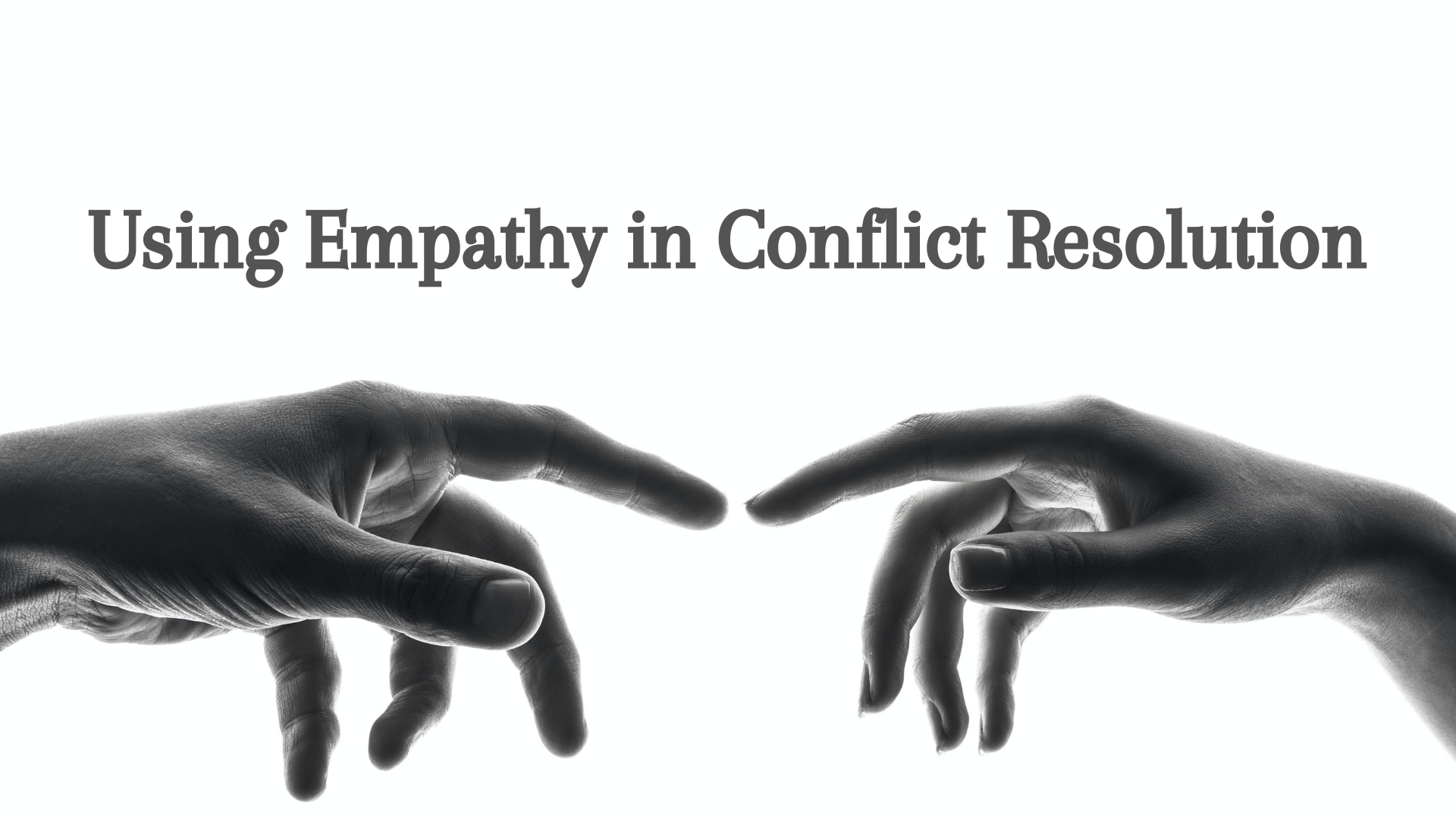What Kind of Creator Are You? - [A Tale of Two Comic Strips]
/What Creators Can Learn From ‘Garfield’ and ‘Calvin & Hobbes’
Part One — A Tale of Two Comic Strips
“I hate Mondays”
It’s a great gag — infinitely relatable and timelessly applicable.
But it’s not all that humorous.
Which is exactly what the comic strip creator of “Garfield”, Jim Davis, had in mind when he created the now distinguished comic strip.
“Peanuts” laid the foundation for a comic strip culture to thrive and, in its wake, came the next generation of creators attempting to tap into the industry. Two greats emerged — Jim Davis, of “Garfield” fame and Bill Watterson, the creator of the wanton, loveable strip titled “Calvin and Hobbes.” While you could throw “Denis the Menace” in there as a notable third, these two rose to prominence — in interestingly divergent ways.
It is their two different paths that mark two archetypal patterns for the creative process for anyone who dares embark.
Part Two — Garfield
One similarity between Davis and Watterson (and most who traverse the world of creation) is that failure preceded success. Jim Davis had a common, yet infamous stroke of rejection that catalyzed a markedly different trajectory and forced him to rethink his content when his passion-prized comic strip failed to get picked up. After many feeble attempts to sell his bug-based comic strip to newspapers, he had the main character, a gnat, get stepped on, thus recognizing the end of that project.
However, a cat rose from those nebulous ashes.
Because lots of comic strips had dogs for their main character, but no one seemed to be connecting to the market of cat-lovers — and the market was what Davis was most interested in.
A former marketing agent himself, Jim Davis didn’t necessarily create Garfield out of some intrinsic love, for his objective was always merchandise. Not to say that he didn’t love the art of comic strip making (he had pursued being a cartoonist for some time), but there was money to made in the product market of lovable characters. There was stuff to be sold and there were a plethora of people waiting to buy it in the modernization of America. They just needed a character to garner the worth of their finances.
That’s why Davis didn’t put much emphasis on how funny his comic strip was. He simply focused on creating a relatable story; or, as he explicitly stated, “A good, marketable character.” The basic premise of Garfield — an ill-defined cat with no politics, no ethnicity, no obvious gender, and no continuation of time (a trick Davis picked up on from Snoopy) — allowed the creator to come back to the same gags and enlist timeless access to the story.
A strip could be completed with ease.
Which is important when the comic strip itself is not the endgame.
Garfield became the most syndicated comic strip of the century and, once popular, led to the enactment of Davis’ real plan: To sell stuff.
You may have, at one point, owned a Garfield suction cup figurine or saw Garfield the cat assisting your grade school textbook. As a marketer at heart, immense energy was put forth by Davis to create the next product and launch it into commerce. He put a steady eye on production, even holding back merchandise to avoid oversaturation and hired a team that eventually did his drawings for him.
The plan for Garfield was achieved, money was made, and Jim Davis found what he was looking for.
Because success was the intended goal, the comic strip was simply the byproduct.
Part Three — Calvin and Hobbes
Bill Watterson was looking for something else.
Anyone who has experienced Watterson’s commencement speech at his alma mater, Kenyon College, in 1990 would easily recognize the divergent path he was on.
Also a distant apprentice of Chuck Schulz’s “Peanuts” and also a victim of early rejection (he, too, tried the insect character approach at one point), he, like Davis, eventually stumbled on the bounteous idea of a feline, though in the form of a stuffed tiger that would eventually become Hobbes.
From an early age, the seventh-grade mind of Watterson dreamed of being a cartoonist. He struck brilliance when his comic “In the Dog House” evolved into a beloved tiger with a model adolescent, full of exploration and trouble.
At the age of 38, however, the world saw Watterson abandon a path we might assume. A final comic strip was made with the dynamic, loved pair sledding down a hill with Calvin exclaiming, “Let’s go exploring!”
A modicum of metaphor, it seemed to be Watterson’s expression for his own life — because at 38, at the height of his career with over 24 million books sold of his world-famous comic strip, he retired.
Maybe it is because, as a boy who grew up in a small Ohio town, Calvin was simply an interpretation of himself. Watterson’s creation was less a means to public or financial success and more of a way to capture the world he knew and share it with any audience who could resonate (which, as it happens, was a lot of people).
For Watterson, he unfolded a story of the ideal childhood friend, Hobbes, with a caricature of the inner child we all have. In his own words:
Calvin is autobiographical in the sense that he thinks about the same issues that I do, but in this, Calvin reflects my adulthood more than my childhood. Many of Calvin’s struggles are metaphors for my own. I suspect that most of us get old without growing up, and that inside every adult (sometimes not very far inside) is a bratty kid who wants everything his own way. I use Calvin as an outlet for my immaturity, as a way to keep myself curious about the natural world, as a way to ridicule my own obsessions, and as a way to comment on human nature. I wouldn’t want Calvin in my house, but on paper, he helps me sort through my life and understand it.
Watterson tried to write honestly and make the world interesting to look at.
As a result, success was Watterson’s byproduct, not the intended goal.
Which is further enforced by not only the lack of Calvin and Hobbes merchandise, but Watterson’s vehement refusal to allow merchandise to exist at all. You know those infamous car stickers with Calvin pissing on some brand name? He tried to stop them from being made. Even after his attempt failed, he still tried to distance himself from the product as much as possible (and never made a dime from it).
Thus, in the world of comic strip lore, we have before us a microcosm of two very different approaches to creating art.
Part Four — Every Creator is Motivated — So What’s Yours?
The question now before us to ponder is, “What are you motivated by?”
Here we have an example of two methods — one in pursuit of a brand, of playing the marketing game, and of creating art as a medium for profit and cultural achievement.
Another in pursuit of telling a story and unleashing a passion that sat so deep in his soul that he would have burst had he not done anything with it.
One used his creation with an ulterior agenda.
The other created out of an internal desire.
One ended up outsourcing his art to focus on scaling the business and driving financial gain.
The other retired at age 38 and continued to explore.
If you wish to assign moral value to these motivations, so be it, but that is not my focus. Both Davis and Watterson are beautiful, generous people who have done much good in the world. Their distinct approaches do not warrant a distinct goodness or badness.
Instead, what I hope to achieve with you, dear reader, is the importance of acknowledging your motivation so as to understand why you create what you do.
Because the act of taking something in your head and putting it in the world implies a motivation is present — and that motivation, understood psychologically, will either be intrinsic or extrinsic.
Intrinsic Motivation — you engage the creative process for its own sake.
Extrinsic Motivation — the creative process is a medium to obtain some external goal.
Intrinsic
If my bias has been ambiguous to this point, please understand that I propose intrinsic motivation in the majority of cases. Intrinsic or extrinsic isn’t inherently better or worse than the other, but my experience has shown that intrinsic motivation, when played out in reality, tends to have a better effect.
It is more real and offers a veritable presence. You don’t find yourself obscured by the game of achieving some external purpose other than creating good art. I believe meaningful creation is easier to come by when the outcome flows from your soul and exposes your whole being in the work created. You tend to connect fully — to yourself, to others, and to the ongoing creative force that makes the world tick — as opposed to reserving parts of being for the objective in the distance. The value offered to the recipient of your gift is more accessible when not plagued by an agenda.
There is a prevalent divestment of interests when create with that internal motivation. When you are making something just for the reward of making it, you are not driven by numbers or growth or praise or competition — you are driven by the joy and challenge and experience you receive. You don’t need anything else to happen once this thing is released from your bones to make it meaningful. Instead of your creation being a means to some external (and, often, material) reward, your creation is primarily for you…it just happens to be available for others to share in.
I not only prefer the authenticity of that approach, but I’ve also found that success is more likely to ensue from it. You find the outcomes emerge more clearly when you aren’t chasing them. And you are content with the creative act itself if no further outcome even happens. It is hard to include disguises and masks and the spin that pervades much of our luxurious culture when the enjoyment of creating the thing is enough in and of itself.
Intrinsic motivation asks, “If the only outcome from the creative process was that I made this, would that be enough?”
Extrinsic
Extrinsic motivation, however, while appearing more enticing, might actually be more difficult — a ladder to climb in the pursuit of what will probably prove unattainable.
An external goal, while not a negative in and of itself, often exists as an abstract objective that will finally bring the ever-elusive joy you pursue. Multiple issues arise:
You may miss the joy of the creative process itself (because you’re so distracted by the endgame).
Your audience may become a faceless group of numbers to serve your interests — we tend to objectify the people involved in getting us to our intended purpose. Sometimes explicitly, but often under disguise, we use others as a means to an end. We wave and say hello because this might lead to a sale, as opposed to just for the fact that we care about the person on the other end of the exchange.
If you do endure the game and get what you are after, you just might discover the ancient wisdom that often parallels the experience of having ‘everything under the sun’ — it will let you down.
It may never be enough.
What you are looking for may not end up being what you are looking for; whereas the intrinsically motivated artist may have found what they were looking for before they even started — because putting the pen to paper was enough on its own. It may be utterly true that when you realize you don’t need those external rewards, you are more likely to create better art.
I often stray from creators who seem like they are just trying to sell me something. I don’t like the idea that they may be playing a game to get me to contribute to their real goal by giving me what I want in the form of their product. It just feels devoid of real connection, real relationship, and a meaningful arrangement of interdependence. I don’t want to be a two-dimensional character to serve someone’s statistics and I don’t want to simply participate in courteous exchanges when both parties are really just using the other to take care of themselves — me receiving a product or experience and them receiving the benefits of my consumption.
Beyond the potential problems this motivation can cause, it is certainly likely that those with extrinsic motivation will be more successful and more popular. It may also be true that someone needs those external rewards to be a catalyst for producing their best work. Plainly, there are just some scenarios where we need some extrinsic motivation to compel behavior and to push us towards a good thing.
But there are risks — so do the hard work of determining if it will be worth it. We should have a healthy fear of a passion becoming a chore or of using an art form to achieve a reward that may potentially let us down and, thus, never enjoying the fullness of what the process had to offer, of missing the good gift embedded in the moment for a potential gift that may turn out to not be a gift at all. We, therefore, need to be careful of extrinsic motivation driving our work and, if this is the chosen process, we need to be honest of what it entails.
And if you tend towards the intrinsic, be prepared for the reality of missing out on the prestige our culture regards so highly. This is why it is so hard to consistently create intrinsically — because you see the advantage of playing the game, even just a little bit…and once you taste that, it’s hard to go back. External rewards will always decrease internal motivation for a given task.
Not to mention how much easier it is to make ends meet when you’re bringing in that cash flow.
It’s normal for folks to evolve from doing something for intrinsic motivation to it becoming extrinsic. Otherwise known as the “Overjustification Effect”, it is what happens when people express that they have, “Lost the love they had at first.” The NFL player who no longer loves the game because it became about the money, the startup creator who feels lost in the market, and the writer who can no longer find the creative spark in the effort to endure a competitive field.
As soon as you set out to create something, please understand that you are now engaging in a complicated interaction with yourself and with the world. Whether it be a social media post that may just be about getting a certain amount of interaction to fuel your dopamine or get some attention to the onset of a potential book that could finally make your career — be cognizant of what is driving you and, whether intrinsic or extrinsic, how it will reflect the world you want to live in.
Whatever you create, know whether you are making a “Garfield” or a “Calvin and Hobbes” — and be prepared for the world that will ensue as a result.










![Three Reasons We're Lonely - [And Three Responses For Being Less So]](https://images.squarespace-cdn.com/content/v1/5963d280893fc02db1b9a659/1651234022075-7WEKZ2LGDVCR7IM74KE2/Loneliness+3+update+%283%29.png)





























